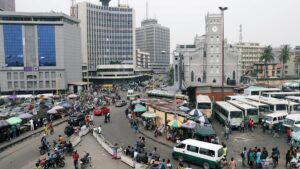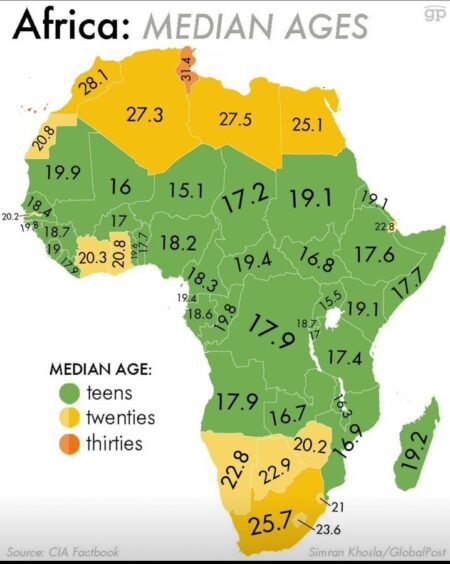Recently, there has been a widespread recognition towards agriculture as an engine of growth and poverty reduction in developing countries. Yet the sector keeps under performing in many parts of our continent and other developing countries.
Globally, women produce 50% of global food products and comprise, on average, 43% of the agricultural labour force in developing countries according to FAO statistics. In African countries, according to the UNDP, the economic and social discrimination against women actually costs Africa USD 105 billion a year or 6% of the continent’s annual Gross Domestic Product(GDP).
In Tanzania, agriculture is a principal source of income and livelihood for about 65% of the population contributing an estimated 30%to the GDP. There is a greater participation of women than men in the sector split 81% and 73% respectively -the number increases to 98% for women in rural areas.
Many of the world’s poorest countries rely on traditional agricultural crops for export however,it has been proven that participation in high-value export commodity chains such as horticulture and fisheries provides considerable opportunities for growth and poverty reduction. An analysis conducted by International Trade Center Non-Tariff Measures Surveys across 20 countries in 2015 revealed that when it comes to gender parity, far fewer women owned businesses are engaged in international trade than those owned by men.
Diversification into high-value agricultural exports has been cited as a key means of linking the world’s rural poor to global markets. But how do we unlock this potential of agriculture for improved livelihoods in our own country?
Last week I was part of a panel discussion that deliberated on the inclusive participation of women in trade for sustainable development at Trademark East Africa’s annual research symposium on Sustainable and Inclusive Aid for Trade (SIAT) in Nairobi. The basis of our discussions was a groundnuts case study from Malawi which revealed that sanitary and phytosanitary (SPS) requirements are the leading impediment to export of agriculture commodities citing a huge skills gap (technical know -how) by women owned SMEs and compliance costs. The study also showed that one is required to get seven different documents from six different agencies to be fully compliant.
The situation in Malawi is no different from many other African countries, Tanzania included. In order for global trade to enable the economic empowerment of women in Tanzania, they should be educated on market conditions and local regulatory authority requirements to equip them to engage in export business.
The market dictates what it wants and suppliers must ‘up their game’ to meet the demand for quality products, consistent supply, quantity and competitive prices. A practical way of doing this would be to implement our own food safety standards to ensure the quality of our produce. However, in order for agri-businesses to compete on the global market, African governments need to do more to create an enabling environment for businesses to prosper by reducing compliance costs.
Tanzania is making progress in this regard through the blueprint for regulatory reform which seeks to harmonize duplications in the ecosystem. Recent developments include issuance of export permits for food and cosmetics from Tanzania Food and Drugs Authority (TFDA) to Tanzania Bureau of Standards (TBS).
In the words of the Director General of the World Trade Organization (WTO), ‘All evidence suggests that when you give equal economic opportunities to women it results into beneficial outcomes for the whole society. What society gives to women; they can give back ten times over.’ Our government needs to prioritize policy reforms and investments that will foster women’s economic empowerment and increase the power of the purse.
Hadija Jabiry is Founder and Managing Director of GBRI, (EATFRESH)











